Lets know some Maritime facts on World Maritime Day
|
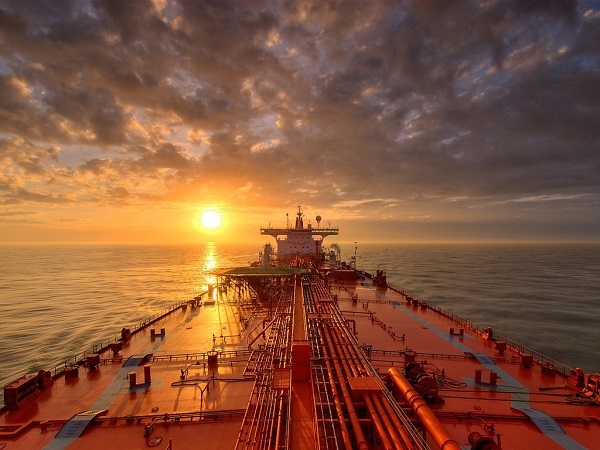
Today, we are celebrating World Maritime Day, which is celebrated annually on 24th September to wish for the well
- being of sea farers who live far away from their families and loved ones for the most of the year, understand the importance of marine environment and the impact of industries on oceans. We celebrate the day each year with a theme which is decided based on the ongoing happenings about maritime activities and environment. The theme of World Maritime Day 2020 is 'Sustainable shipping for a sustainable planet'. Almost 70% of earth's surface consists of the oceans, which are not entirely explored yet. In fact only about 5% of the world's oceans have been explored yet. It is estimated that around 94% of living species are marine species and the life living in the oceans has outnumbered that on land. I don't think there is more need to stress the significance of oceans in human life and there is not much that we know about oceans and maritime life. So this year, let us know some important facts about Maritime activities and environment.
1. Underwater rivers and lakes
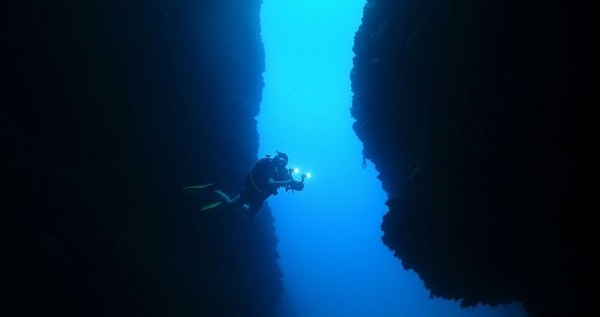
As shocking as it may seem, but there are rivers and lakes not only on land but beneath the oceans as well. The fact was known quite recently when a group of divers had dove in the sea of Mexico and had discovered underwater river flowing with trees and leaves on the sea bed. It is named 'Cenote Angelita'. But this is not the only incidence of underwater rivers and the fact that there are several such underwater rivers known to scientists, was brought into light. The reason for formation of such rivers can be varied. Sometimes it stems from the bigger part of the sea underneath, and flows and carries a lot of sediments, which over the time convert it into a complete river like body of its own.
2. Underwater archaeological artefacts
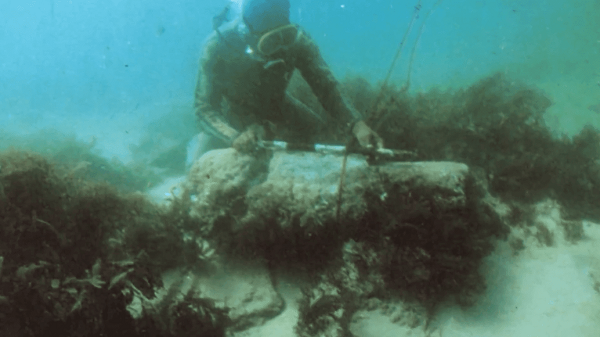
Since most of the oceans are not even explored by humans yet, there are many sections of oceans where historic artefacts can be excavated. After the emergence of life on earth there have been frequent sea level changes resulting into existence of remains of life at such places in the oceans which cannot be explained based on the present levels. In case of India, we have maritime archaeological sites all around the Indian coasts of Konkan, Malabar and Coromandal. The Underwater Archaeologists studying the site of Dwarka say that the site is so rich that if one dives at the site anywhere, he can at least collect samples of ancient pottery very easily.
3. Underwater longest mountain chain
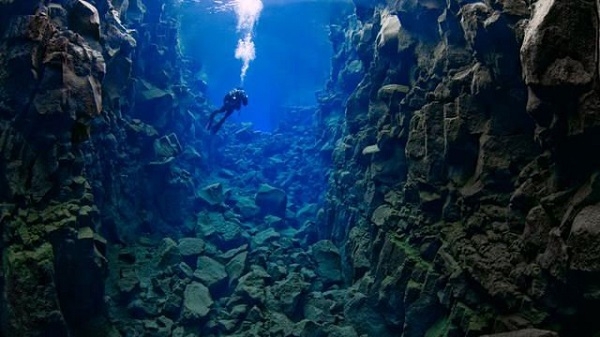
Yes, that's right people. World's longest mountain chain is situated beneath the oceans and is known as the Mid - Ocean Ridge. It extends for a distance of 65,000 km. This mountain chain is so less known to us that it is said that we know more about the surface of Venus and Mars than this Ridge. It is formed due to plate tectonics and thus is where most of oceanic volcanic mountains are located.
4. The story of Doldrums
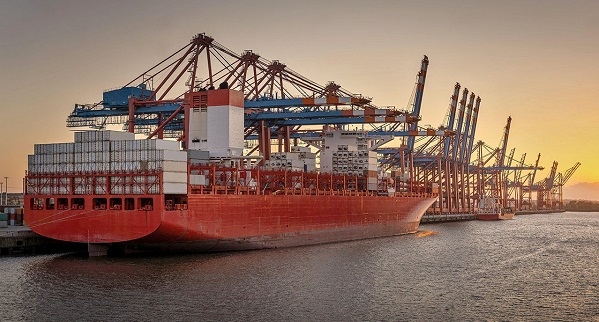
There are several belts around the world categorized based the flow of winds. Doldrums is area of the ocean on either side of the equator, which is known to have unstable and light wind conditions. So when a sailing ship is caught in the Doldrums, it can be stranded due to lack of wind. Today we use the term 'Doldrums' to describe someone as being in low spirits and depressed.
5. Horse Latitudes
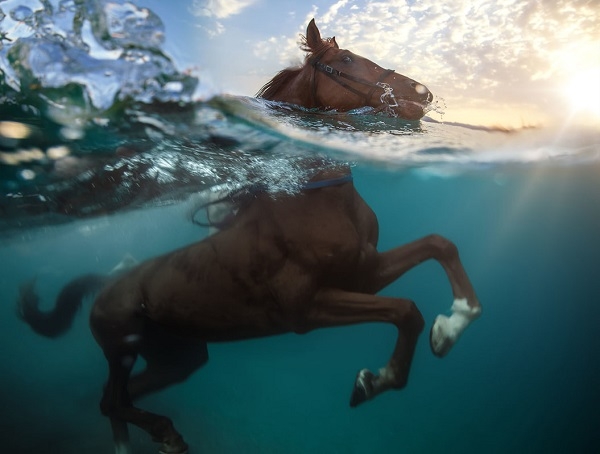
Here's a funny story about a region called Horse latitudes. There's a region between 30 and 35 degrees latitudes North and South which is known as 'Horse' latitudes and there's an interesting story behind the name. In the Northern Hemisphere, particularly near Bermuda, sailing ships carrying horses from Spain to the New World were often strangled. When water supplies ran low in the ship, horses were thrown into the sea as they were capable of swimming but only few survived. Most of them died from thirst. Explorers and sailors reported that the seas were “strewn with bodies of horses.” This is believed to be a rational explanation for the name given to the region.
- Himali Nalawade